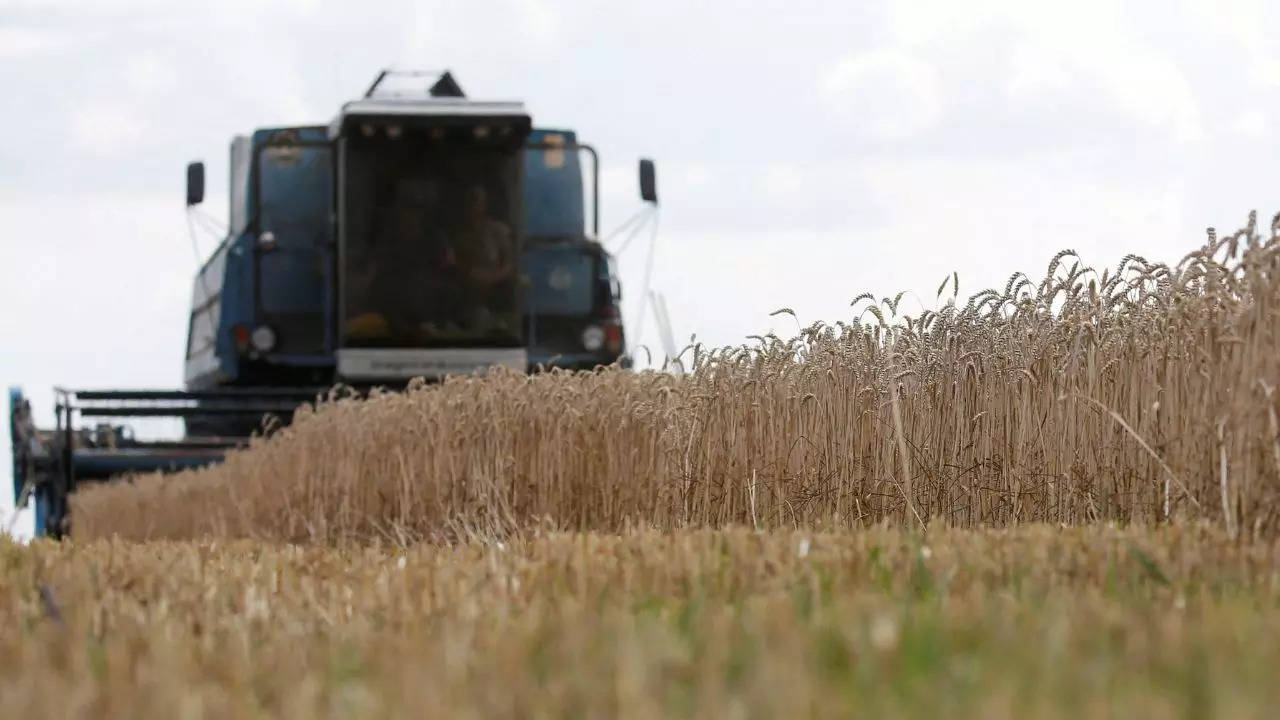KYIV: Winter grain crops in Ukraine will ripen at least two weeks earlier than usual due to abnormally high temperatures in most regions in late May and early June, Ukraine’s agriculture ministry said on Friday.
Winter wheat traditionally dominates the country’s wheat output, accounting for about 95% of the overall harvest. Ukraine also plants large area of winter barley.
“The ripening of winter wheat in the current year will begin in mid-June and will last until early July, which is 2 to 2.5 weeks earlier than the average dates of many years,” the ministry said in a report.
The ministry noted that meteorological conditions for growth and development of winter and spring grain crops at the end of May and early June were “generally satisfactory”.
But weather forecasters and agricultural scientists in Ukraine this month said severe frosts in the first half of May and an ensuing drought in most regions of Ukraine created unfavourable conditions for all crops and may affect the harvest.
Ukraine experienced several waves of frost between May 1 and May 16.
Russia on Friday declared a federal emergency in 10 regions because of damage to crops from May frosts.
Russia and Ukraine are the main grain producers in the Black Sea region.
Ukraine’s agriculture ministry said it maintained its grain harvest forecast for 2024 at 52.4 million metric tons despite bad weather in May.
In line with the ministry’s forecast, Ukraine could harvest 19 million tons of wheat this year compared with 22.5 million tons in 2023.
Ukrainian grain traders union UGA sees the 2024 wheat output falling to 19.1 million tons from 22 million in 2023.
Ukraine is a major global grain and oilseed grower and exporter, but its harvests have declined since the Russian invasion in February 2022.
The agriculture ministry has said Ukraine lost about 30% of the country’s total potential of the agricultural sector and almost 20% of agricultural land was occupied.
Winter wheat traditionally dominates the country’s wheat output, accounting for about 95% of the overall harvest. Ukraine also plants large area of winter barley.
“The ripening of winter wheat in the current year will begin in mid-June and will last until early July, which is 2 to 2.5 weeks earlier than the average dates of many years,” the ministry said in a report.
The ministry noted that meteorological conditions for growth and development of winter and spring grain crops at the end of May and early June were “generally satisfactory”.
But weather forecasters and agricultural scientists in Ukraine this month said severe frosts in the first half of May and an ensuing drought in most regions of Ukraine created unfavourable conditions for all crops and may affect the harvest.
Ukraine experienced several waves of frost between May 1 and May 16.
Russia on Friday declared a federal emergency in 10 regions because of damage to crops from May frosts.
Russia and Ukraine are the main grain producers in the Black Sea region.
Ukraine’s agriculture ministry said it maintained its grain harvest forecast for 2024 at 52.4 million metric tons despite bad weather in May.
In line with the ministry’s forecast, Ukraine could harvest 19 million tons of wheat this year compared with 22.5 million tons in 2023.
Ukrainian grain traders union UGA sees the 2024 wheat output falling to 19.1 million tons from 22 million in 2023.
Ukraine is a major global grain and oilseed grower and exporter, but its harvests have declined since the Russian invasion in February 2022.
The agriculture ministry has said Ukraine lost about 30% of the country’s total potential of the agricultural sector and almost 20% of agricultural land was occupied.

